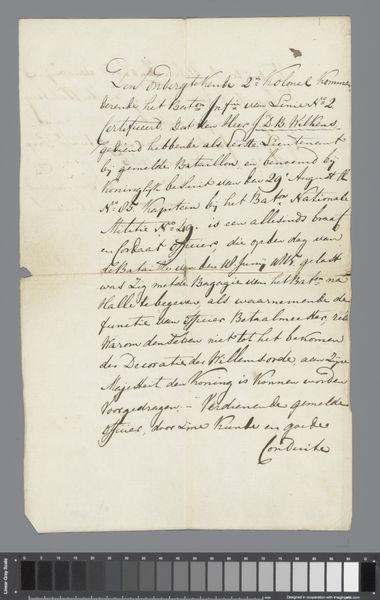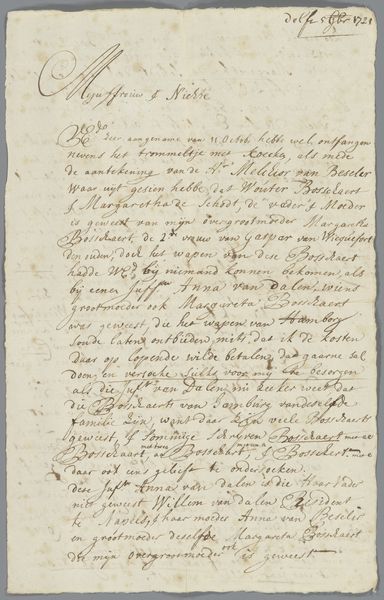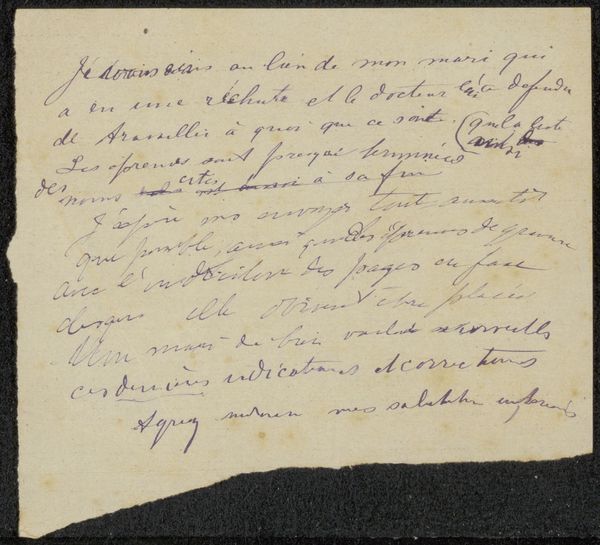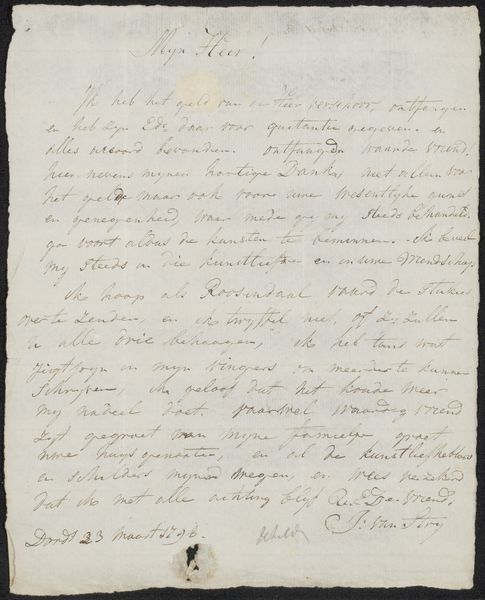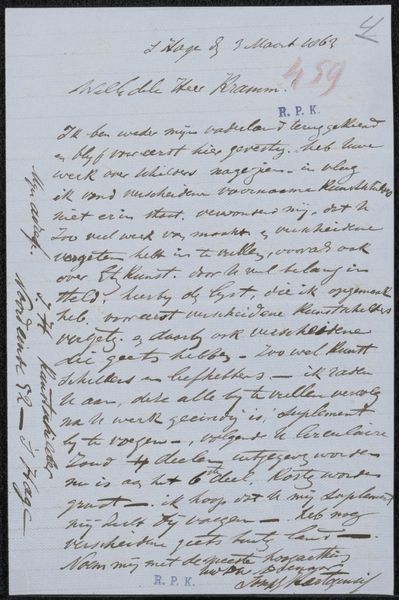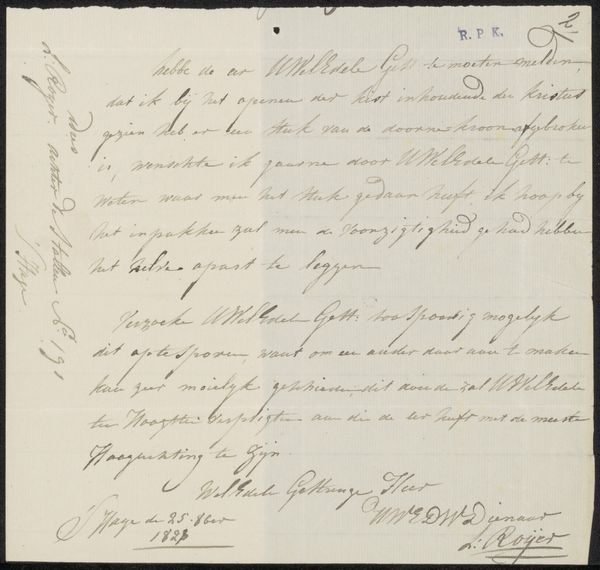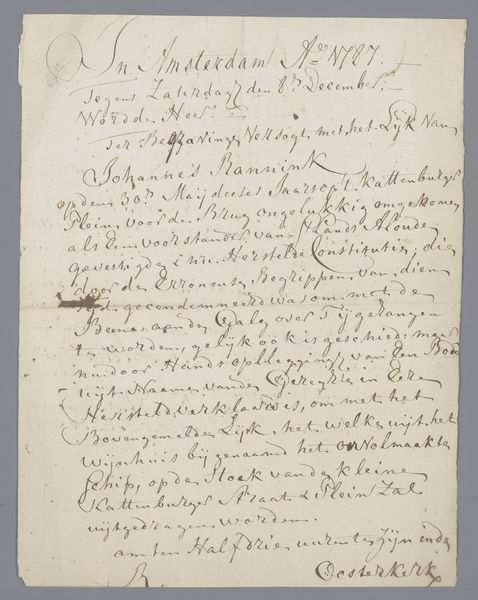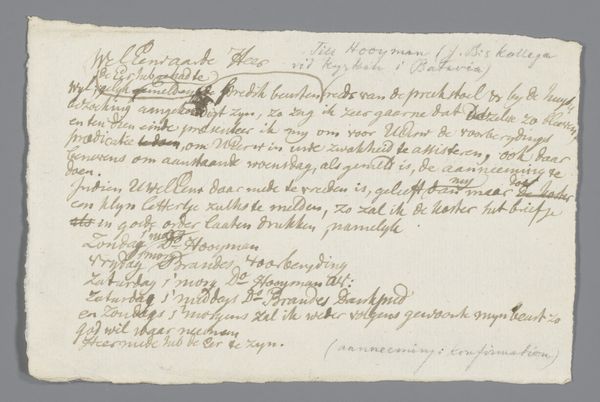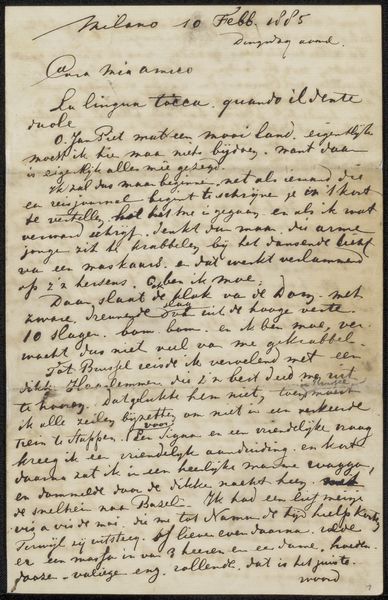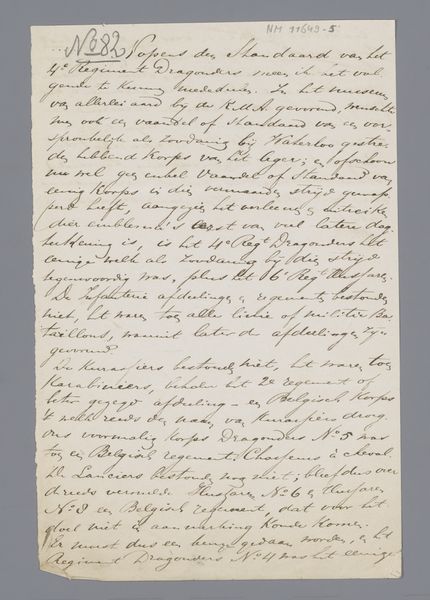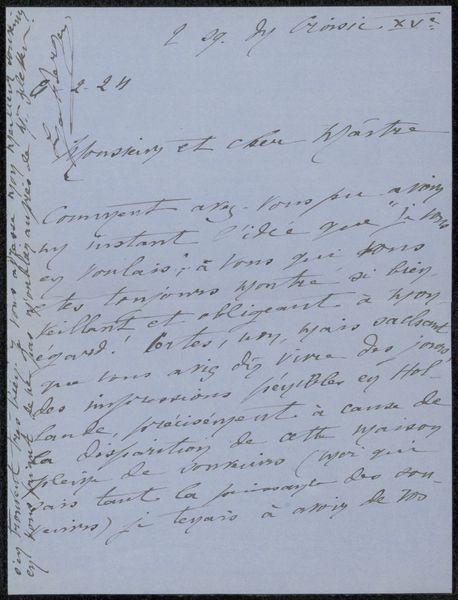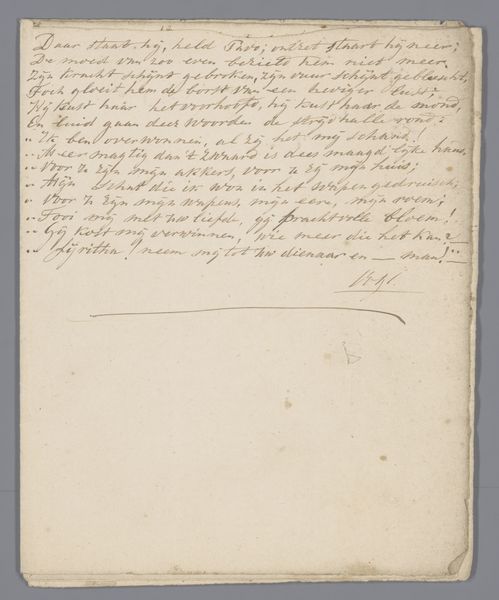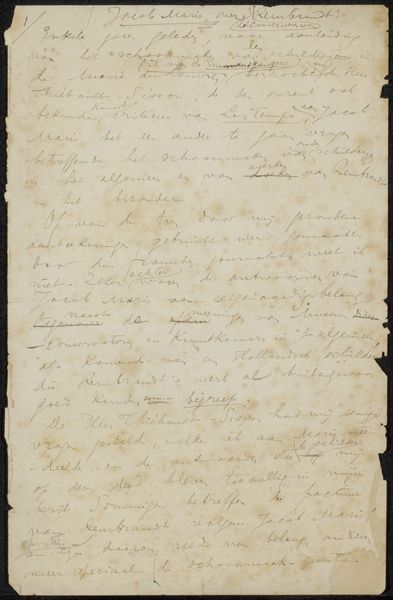
Herkomstverklaring met stukje laken en voering van de uniformjas van J. van Speyk 1870
0:00
0:00
drawing, mixed-media, paper
#
drawing
#
mixed-media
#
paper
#
history-painting
Dimensions: height 11 cm, width 16.5 cm, height 1 cm, width 1.5 cm, height 1.5 cm, width 3.5 cm
Copyright: Rijks Museum: Open Domain
Editor: This is an intriguing mixed-media piece from 1870, titled "Declaration of Origin with a piece of cloth and lining from the uniform coat of J. van Speyk.” It includes a drawing and collage elements. It gives me a strange feeling, mixing the mundane document with fragments of a hero’s garment. How do you interpret this work? Curator: That feeling of unease is exactly where we need to start. This isn't just a document; it's a carefully constructed narrative, intended to solidify a particular interpretation of Van Speyk’s actions. It was made decades after his death. Consider how the inclusion of fabric fragments functions: what kind of emotional response were they hoping to elicit by presenting literal pieces of his uniform? And whose origin story is really being validated here? Editor: So, it’s not simply about historical preservation. It’s about crafting a specific memory of a controversial figure? Were there conflicting narratives about Van Speyk at the time? Curator: Absolutely. He was a polarizing figure. Some viewed him as a national hero who sacrificed himself for the Netherlands. Others saw him as a reckless officer who acted against orders and potentially endangered his crew. This declaration, sanctioned by a Baron no less, serves as a kind of official “stamping” of his heroism. Notice the date – 1870. What else was going on at that moment that might explain the desire to reaffirm nationalist myths? Editor: Perhaps it served to reinforce national unity after a period of internal strife. I now see how the artist or commissioner used materials to cement a very specific narrative of sacrifice and national identity. Curator: Precisely! The power of the fragment is that it could evoke all these heroic ideas, so seeing it included is about manipulating emotion to strengthen certain viewpoints during the foundation of modern Dutch identity. It forces us to confront how history is actively made, not passively received. Editor: Thanks! I now see it’s less about simple documentation and more about how narratives are strategically assembled using emotion, artifacts, and authority.
Comments
No comments
Be the first to comment and join the conversation on the ultimate creative platform.
